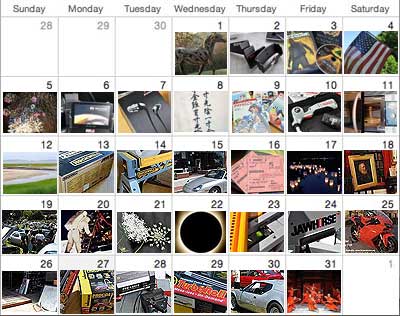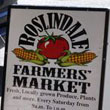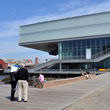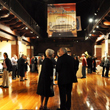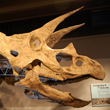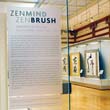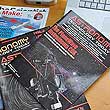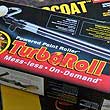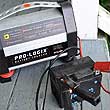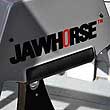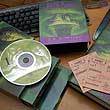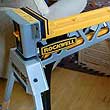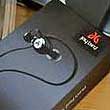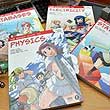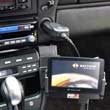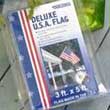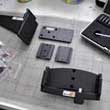In tight economic times, everyone is looking for creative ways to stretch a dollar. Many cut back on their purchases, others eat out less often, but a few people are tempted to increase their purchasing power by printing their own money. Advances in computer technology has enable the "casual counterfeiter" to print fake money good enough to fool the unsuspecting.

Incorporated into the real $100 bill are a whole slew of anti-counterfeit measures and they make this bill almost impossible to fake. Still, there is almost $3 billion dollars of fake currencies in circulation. Some of it is almost as good as the real thing, others are easy to spot. The money you get from the ATM is pretty certain to be real. The authenticity of bills from anywhere else is less clear. However, there a few simple things one can check before accepting anything larger than a $10 bill.

Newer bills have a vertical security strip which shows the denomination. The $10 bill has "TEN USA" printed on it. The $100 bill had "100 USA." Counterfeiters will not be able to fake or change this security strip as it is embedded in and not printed on the bill.

Another easy check is to put the bill in question up to a llght and examine the watermark on the right edge. A real bill will have one and it will be an image of the president that is on the face of the bill.

It is important to make sure they are the same because one of the ways small-time counterfeiters get fake bills past the local supermarket clerks is to use real paper, but change the denomination. They do this by bleaching the ink off a $5 bill and reprinting it as a $50 or a $100. This technique will fool the detector pens commonly in use, but will not hold up to knowledgeable examination. Our tax dollars paid for the development of these counterfeiting measures, we should learn and make good use of them. [Permalink] - Real or Fake?
|

